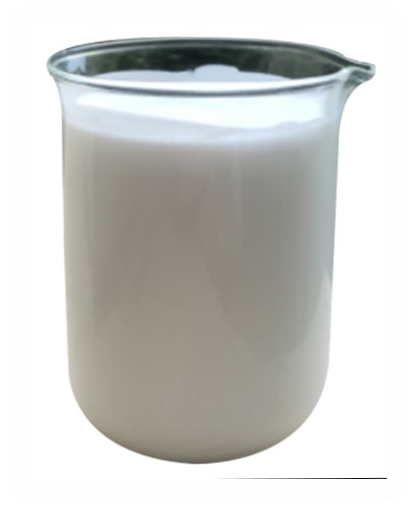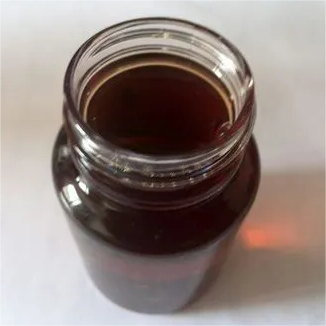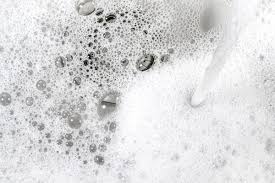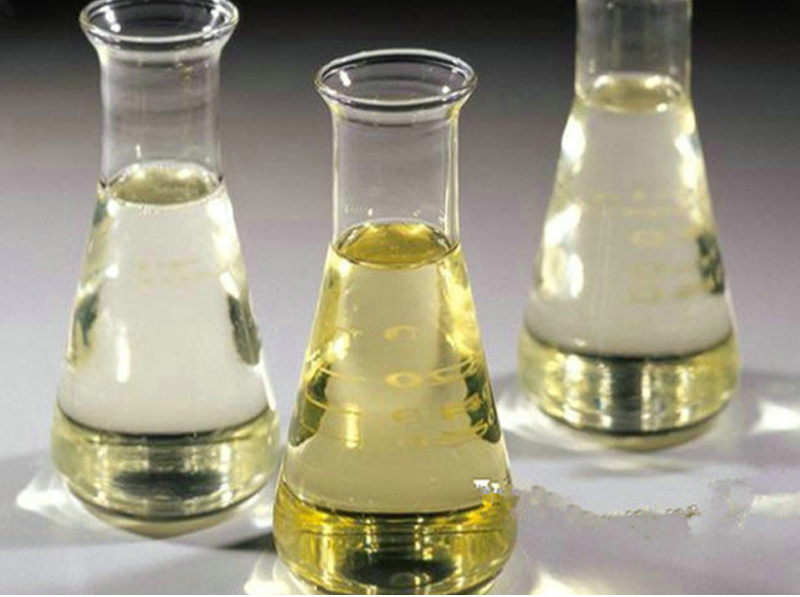**The Secret Life of Soap’s Sidekick: Surfactants Unmasked**
(What Are Surfactants)
You know that moment when greasy dishes magically shed oil in the sink? Or when a drop of shampoo turns your hair from slick to squeaky clean? Meet surfactants—the tiny, invisible heroes behind these everyday miracles. These molecules are like the ultimate middlemen, solving problems between things that hate each other. Think oil and water. Without surfactants, they’d never get along.
Let’s break it down. The word “surfactant” is a mashup of “surface-active agent.” Fancy term, simple job. These molecules have split personalities. One end loves water (hydrophilic), the other end loves oil and grease (hydrophobic). When you wash your hands, soap’s surfactants rush to the action. The oil-loving parts latch onto dirt or grease. The water-loving parts face outward, dragging the mess into the water. Suddenly, grime isn’t stuck anymore. It’s surrounded by water, ready to rinse away.
Surfactants aren’t just in soap. They’re everywhere. Shampoo? Check. Toothpaste? Absolutely. Laundry detergent? Obviously. Even firefighting foam relies on them. Their talent isn’t limited to cleaning. Ever seen a salad dressing separate? Add a surfactant, and oil and vinegar mix smoothly. They’re like relationship counselors for liquids.
Here’s the science part. Water molecules stick together tightly. This creates “surface tension,” which is why water forms droplets. Surfactants mess with this tension. They wedge themselves between water molecules, loosening their grip. This lets water spread, soak into fabrics, or trap dirt. Imagine a crowded dance floor. Surfactants are the people who elbow their way in, making space for everyone to move.
Not all surfactants are the same. Some are harsh, others gentle. Ever notice how dish soap strips grease but dries your skin? That’s surfactants at work. Skincare products use milder versions to clean without irritation. Even nature has its own surfactants. Your lungs produce them to help air sacs expand. Without surfactants, breathing would be like blowing up a stubborn balloon.
Let’s talk bubbles. Surfactants make them possible. When you blow into soapy water, surfactants arrange themselves into thin layers. The water-loving parts face out, the oil-loving parts face in. This creates a stretchy film—a bubble. The same thing happens in your washing machine. Surfactants trap dirt in tiny bubbles (called micelles), which get washed down the drain.
Micelles are like microscopic trash bags. Picture a group of surfactants huddling around a grease particle. The oil-loving ends point inward, surrounding the gunk. The water-loving ends face outward, making the whole bundle water-friendly. Now the grease can’t cling to your shirt. It’s trapped, floating away in the rinse cycle.
Surfactants have a dark side. Some are bad for the environment. They don’t always break down easily, harming aquatic life. Companies now create “green” surfactants from plants like corn or coconut. These biodegrade faster, keeping rivers and oceans safer.
Ever wonder why toothpaste foams? Surfactants again. They spread the paste evenly, help it cling to your teeth, and make rinsing easier. In firefighting foam, they smother flames by cutting off oxygen. In pesticides, they help sprays stick to leaves. Surfactants are the ultimate multitaskers.
Your body uses them too. Bile in your gut acts as a surfactant, breaking down fats from food. Without bile, that pizza slice would sit in your stomach like a greasy rock. Surfactants keep your digestion smooth.
(What Are Surfactants)
Next time you wash your hands, thank surfactants. They’re the reason water isn’t just rolling off oil, the reason your clothes come out fresh, and the secret behind that perfect latte foam. Tiny molecules, giant impact. Life without them? Sticky, grimy, and a whole lot less fun.
Inquiry us
if you want to want to know more, please feel free to contact us. (nanotrun@yahoo.com)



